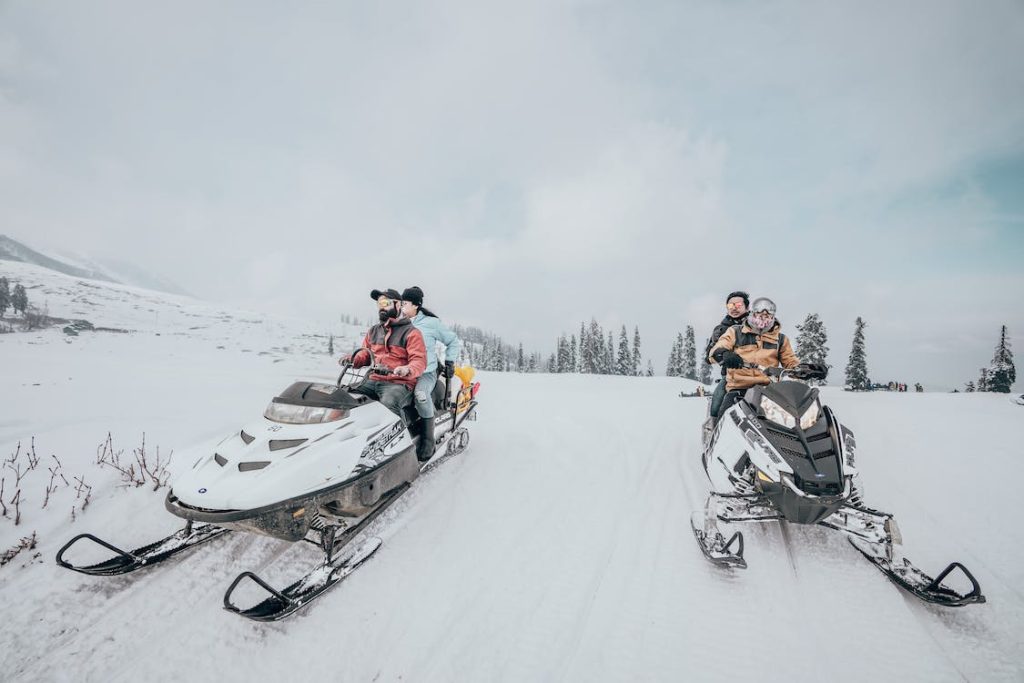Chasing Powder Tips for Off-Trail Snowmobile Riding Process
Off-trail snowmobile riding, often referred to as chasing powder, is an exhilarating experience that demands both skill and caution. As you venture off the beaten path, it is crucial to be well-prepared and informed to ensure a safe and enjoyable ride. One of the first considerations is selecting the right machine for the job. Opt for a snowmobile with sufficient power and track length, ideally designed for deep snow conditions. Additionally, ensure your sled is equipped with appropriate accessories such as an avalanche beacon, probe, and shovel, as safety should always be a top priority when riding in untracked terrain. Before hitting the backcountry, familiarize yourself with the area’s terrain and weather conditions. Study topographical maps and avalanche forecasts, and be aware of potential hazards such as steep slopes, tree wells, and hidden obstacles beneath the snow’s surface. Keep a keen eye on weather patterns, as fresh snowfall can significantly alter riding conditions and increase avalanche risk. It is also wise to ride with a group and establish a clear communication plan, including designated meeting points and emergency protocols.

Once on the trail, ride cautiously and be prepared to adapt to changing terrain. Maintain a safe distance from other riders to minimize the risk of collisions, and always be mindful of your surroundings. Use your sled’s throttle and body positioning to navigate through deep powder, keeping your weight centered and leaning into turns to maintain snowmobile riding stability. Be prepared to countersteer and use momentum to power through challenging sections, and avoid sudden movements that could cause your sled to become stuck or lose control. When traversing slopes, approach with caution and be mindful of avalanche terrain. Avoid riding directly beneath cornices or on slopes with unstable snowpack, and be prepared to perform avalanche rescue techniques if necessary. Keep an eye on your riding companions and be ready to assist in the event of an emergency. If you are unsure about the stability of the snowpack, err on the side of caution and choose safer, lower-angle terrain.
As you explore off-trail terrain, respect the environment and minimize your impact on the landscape. Stay on designated trails whenever possible to preserve delicate ecosystems and wildlife habitats, and avoid disturbing vegetation or wildlife. Pack out any trash or debris and leave the area as you found it to ensure future generations can enjoy the same pristine wilderness. Finally, always be prepared for the unexpected. Carry essential supplies such as food, water, and emergency shelter, and be prepared to spend extended periods in the backcountry if necessary. Stay vigilant and trust your instincts, and never hesitate to turn back if conditions become too challenging or dangerous. With proper preparation and a cautious approach, off-trail snowmobiling can be an incredibly rewarding adventure, offering unmatched thrills and breathtaking scenery amidst the pristine beauty of the winter wilderness.
